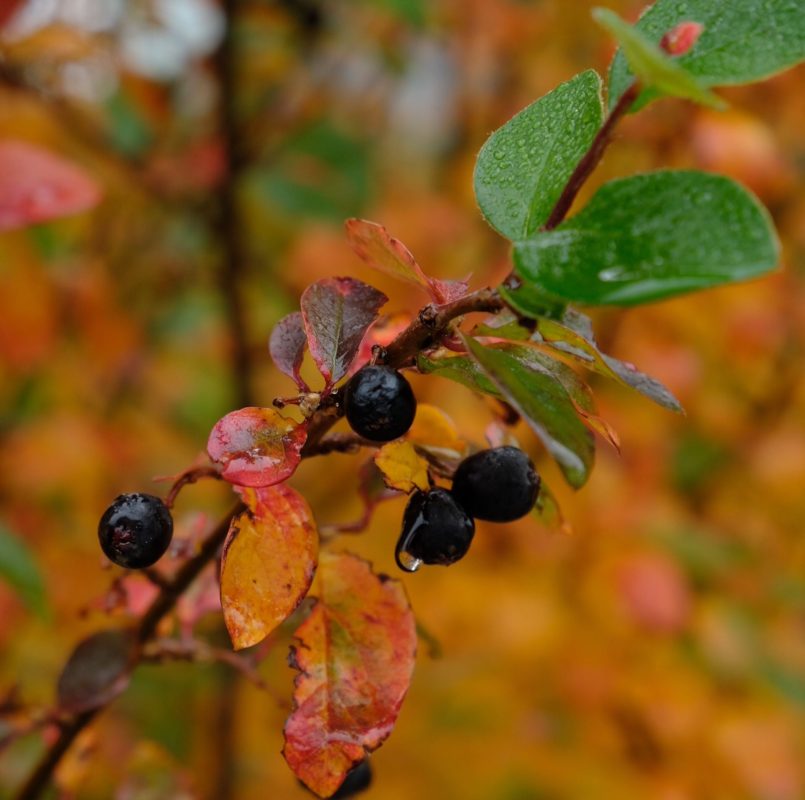YETRAC
Aronia (Aronia melanocarpa) Cultivation: A Guide to Growing Aronia Plants
Aronia (Aronia melanocarpa) Cultivation: A Guide to Growing Aronia Plants
Aronia, a member of the Rhamnus family, is a deciduous shrub that grows in a bushy form, reaching a height of 3-5 meters. Known for its oval to round-shaped, glossy, and serrated leaves, Aronia produces white or pink flowers typically blooming between May and June. The small, seeded, and dark brown fruits of the Aronia plant are utilized for various medicinal purposes.
Aronia thrives in well-drained and moist soils, showing better development under lower temperatures and sunny climates. Therefore, understanding the climate and soil characteristics of the region is crucial for successful Aronia cultivation.
The planting season for Aronia is typically during winter, with harvesting taking place in the spring months, especially between December and January. Planting should ideally coincide with periods of high soil moisture. Hence, Aronia cultivation is best carried out during rainy and humid weather conditions.
Planting Aronia is commonly done through the seed method. Aronia seeds are evenly spread on the soil surface and lightly covered. Providing sufficient moisture is crucial for the germination of Aronia seeds, which usually occurs within 5-10 days.
Maintaining Aronia plants is relatively easy. Regular watering is essential, and the surrounding weeds should be consistently trimmed. Harvesting occurs in spring when the leaves are cut, dried, and used for various purposes.
Aronia cultivation has gained popularity due to its ease and low operating costs. The leaves and fruits of the Aronia plant are used in the production of various medicinal products. Specifically, Aronia leaves are utilized for preventing digestive issues, while they also find application in the treatment of skin disorders. For instance, if the humidity level of the area designated for Aronia cultivation is high, the process becomes more straightforward.
Aronia is exceptionally resilient against harsh climates, demonstrating resistance to freezing temperatures down to -25 degrees. Its adaptability to both cold and sunny or semi-shaded areas expands the range of suitable locations for cultivation.
While Aronia can thrive in various soil types, it does not favor calcareous soil. Yellowing of leaves may occur in excessively dry soil due to iron deficiency. Clayey soil is considered the best for Aronia, and slightly acidic pH conditions are preferable.
Land leveling, double plowing to approximately 30 cm depth, and harrowing are some of the essential soil preparation steps.
Aronia is a self-pollinating plant, eliminating the need for cross-pollination. Production can even occur from its own seeds. Once the soil is sufficiently loosened and moist, planting can commence. Rows are marked at 1.5-meter intervals, with holes of 30 cm in diameter and 20 cm in depth dug along the rows for planting.
After planting, the soil is compacted by tamping down with the foot, ensuring care is taken not to damage the lateral shoots emerging from the root neck, which are the beginnings of the plant’s crown.
Aronia planting offers flexibility in terms of timing, allowing for planting in the fall, throughout winter, and early spring, provided the soil is not frozen, and vegetation has not begun.

